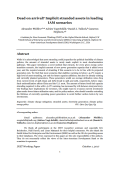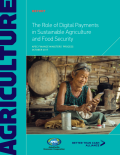
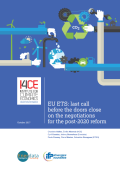
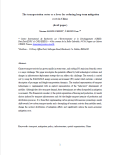
Chinese transport activity has grown rapidly in recent years, and curbing CO2 emissions from this sector is a major challenge. This paper investigates the potentials offered by both technological solutions and changes in infrastructure deployment strategy that can address this challenge. The research is carried out by using the IMACLIM-R energy-economy-environment (E3) model which includes a detailed description of passenger and freight transportation dynamics. The standard representation of transport technologies is supplemented with an explicit representation of the “behavioral” determinants of mobility. Although they drive transport demand, these determinants are often disregarded in mitigation assessments. This framework considers (i) the spatial organization of housing and production, (ii) modal choices induced by transport infrastructures and (iii) the freight transport intensity of production and distribution processes.
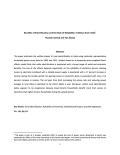
This paper estimates the welfare impact of rural electrification in India using nationally representative household panel survey data for 2005 and 2012. Analysis based on a propensity-score-weighted fixed effects model finds that while electrification is associated with a broad range of social and economic benefits, the size of the effects depends importantly on the reliability of electricity service. Gaining access to electricity combined with a reliable power supply is associated with a 17 percent increase in income during the sample period, but gaining access to electricity alone is associated with only a 9.6 percent increase in income. The net gain from both increasing the access rate and reducing power outages in rural India is estimated to be US$11 billion a year. Moreover, India’s rural electrification policy appears to be progressive because lower-income households benefit more from access to electricity than higher-income households during the sample period.
